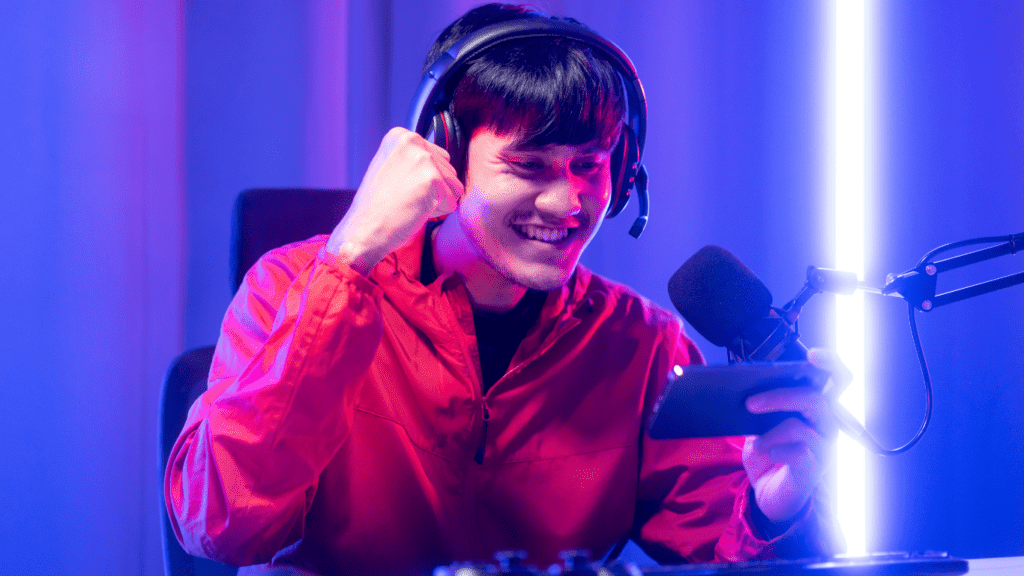How many puzzle pieces for 8yearolds
When choosing a puzzle for an 8yearold, it’s essential to consider their ageappropriate cognitive abilities and the level of challenge they can handle. So, how many puzzle pieces should you aim for to strike that perfect balance of fun and engagement? Let’s delve into some helpful pointers that can guide you in selecting the right puzzle for your little explorer.
Factors to consider
Before diving into the world of puzzles, let’s take a look at some essential factors that you should keep in mind when determining how many puzzle pieces are suitable for 8yearolds:
Child’s skill level: Consider the child’s problemsolving abilities, attention span, and experience with puzzles. If they have a knack for puzzles and enjoy challenges, they might be ready for more pieces.
Interest and motivation: Choose a puzzle theme that aligns with the child’s interests. A captivating theme can enhance their motivation and perseverance when solving the puzzle.
Parental supervision: Depending on the child’s independence level, you may need to provide guidance and support, especially when tackling larger puzzles with more pieces.
Recommended puzzle piece range
For 8yearolds, the ideal number of puzzle pieces can vary based on the factors mentioned above. Here’s a recommended range to consider:
Beginner: For beginners or younger 8yearolds, puzzles with 50 to 100 pieces can be a great starting point. These puzzles provide a challenge without being too overwhelming.
Intermediate: As children progress and develop their skills, they can advance to puzzles with 100 to 300 pieces. These puzzles offer a more significant challenge while still being manageable.
Advanced: For more experienced puzzlers or kids who enjoy a tougher challenge, puzzles with 300+ pieces can provide hours of engaging entertainment and cognitive stimulation.
Benefits of varying puzzle piece counts
Choosing puzzles with different piece counts can offer several benefits for 8yearolds, including:
Skill development: Solving puzzles with varying piece counts helps enhance problemsolving skills, spatial awareness, and handeye coordination.
Patience and perseverance: Tackling puzzles with more pieces encourages children to stay focused, work methodically, and persist in overcoming challenges.
Sense of accomplishment: Completing a puzzle, whether it has 50 pieces or 500 pieces, gives children a sense of achievement and boosts their confidence.
Final thoughts
In conclusion, the number of puzzle pieces that are suitable for 8yearolds depends on various factors, including the child’s skill level, interests, and parental involvement. By considering these factors and choosing puzzles with an appropriate piece count, you can provide your child with a fun and rewarding puzzlesolving experience. So, the next time you’re browsing for a puzzle for your 8yearold, keep these considerations in mind to ensure a delightful and enriching puzzle adventure!




